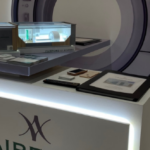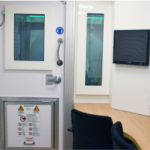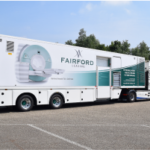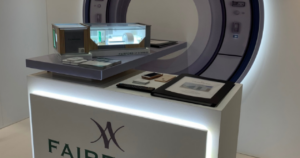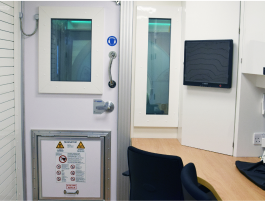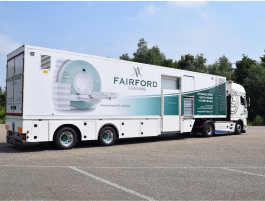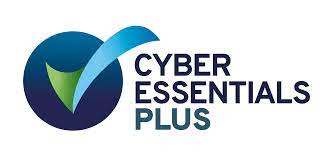Depending on who you ask, Artificial Intelligence is either the harbinger of doom or a revolutionary tool destined to change our lives for the better. For radiologists, the advent of machine learning sits somewhere in the middle.
Five years ago, talk of this technology in the medical imaging market was reserved for researchers speculating on the future of the profession. Today, you would be hard-pressed to find a medical imaging conference or publication that does not touch on the topic of how advancements in AI are influencing daily practice.
Considering the proven capabilities that deep learning networks have already shown in analysing growing volumes of digital images and improving diagnostic accuracy, it’s hardly surprising that the development of AI is seen as a threat to radiologists. As algorithms start to take a more active part in the image interpretation process, the prospect of redundancy becomes increasingly worrisome; the rapid rise signalling the end of the radiology profession as a career choice.
Yet, a closer look beyond the hype tells a different story; one of collaboration rather than extinction. Artificial intelligence may revolutionise the medical imaging process, but the reality is that professionals in this field possess skills which AI simply cannot replace.
Instead of bringing about the end of their profession, artificial intelligence will complement the practice of radiologists in a number of ways:
IMPROVING ACCURACY
In a recent study from Beth Israel Deaconess Medical Center (BIDMC) and Harvard Medical School (HMS), researchers developed artificial intelligence (AI) methods aimed at training computers to interpret pathology images and distinguish between cancerous tumour regions and normal regions.
The team’s automated method proved accurate 92 percent of the time – however when coupled with the analysis of a qualified radiologist, the results improved to 99.5 percent accuracy. These findings suggest that by combining the capabilities of AI and the expertise, experience and instinct of radiologists, we can create a hybrid intelligence that could lead to higher diagnostic accuracy and improved safety standards.
ENHANCING WORKFLOW
In the UK, a 130 percent rise in backlogs illustrates the pressing challenge facing the field of radiology, whereby the use of medical imaging is on the rise but the number of trained professionals has peaked. As the amount of medical imaging data continues to grow, so too does the workload of radiologists.
Enter AI. Today, deep learning and other forms of artificial intelligence have the potential to streamline medical imaging workflow and increase the research value of image data by helping highlight anomalies, thus enabling them to handle a larger volume of cases with greater efficiency.
REDUCING TIME-CONSUMING TASKS
Already, AI is starting to prove revolutionary in taking over the routine tasks of radiologists such as quantification, segmentation and pure pattern recognition. In turn, radiologists are able to focus on more meaningful work that requires human creativity and compassion; they can utilise their time to become more visible to patients and play a key role in integrated clinical teams to improve patient outcomes.
While the fear of job losses may be substantiated by the vast potential artificial intelligence has shown in the field of medical imaging, mounting evidence suggests AI will likely play a supportive role in the daily practice of future radiologists. As powerful as deep learning algorithms may be, the need for the human touch in this profession is non-negotiable. With this in mind, advances in AI should not signpost the end of an era but rather the beginning of a new chapter for the radiology profession.


